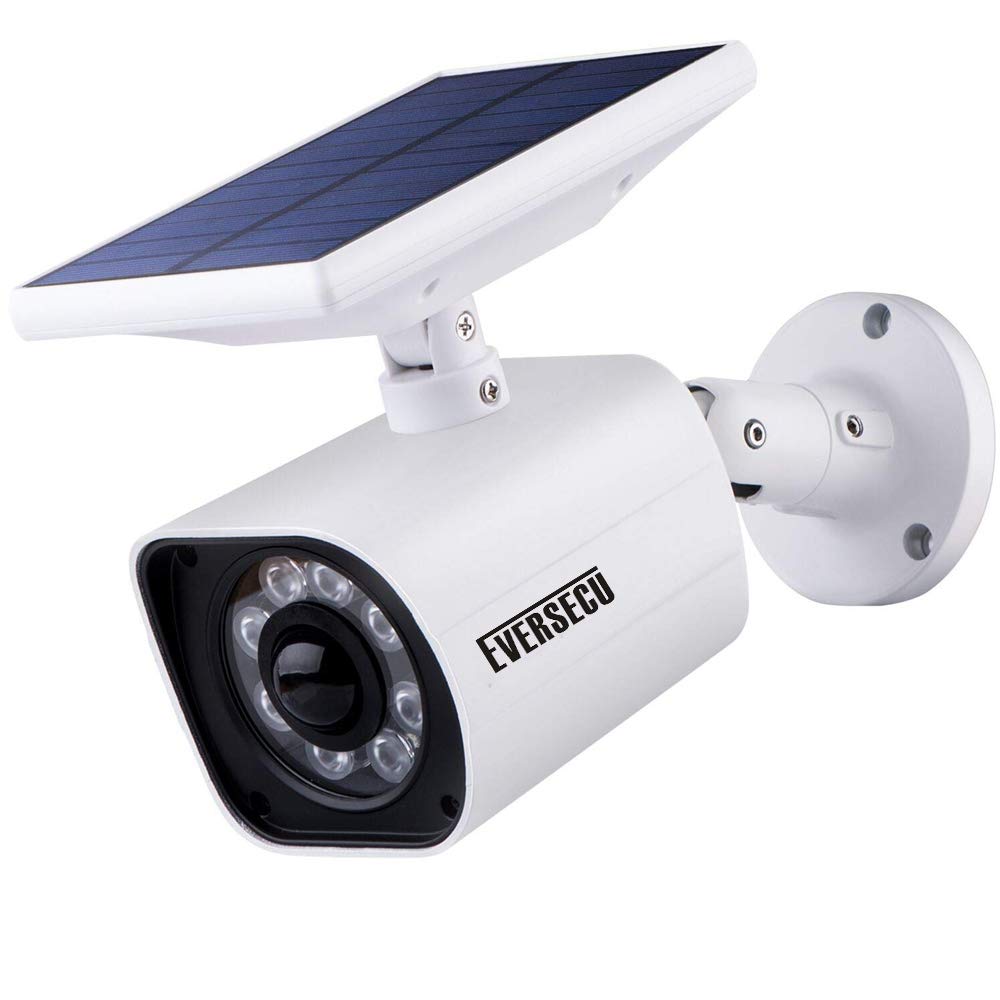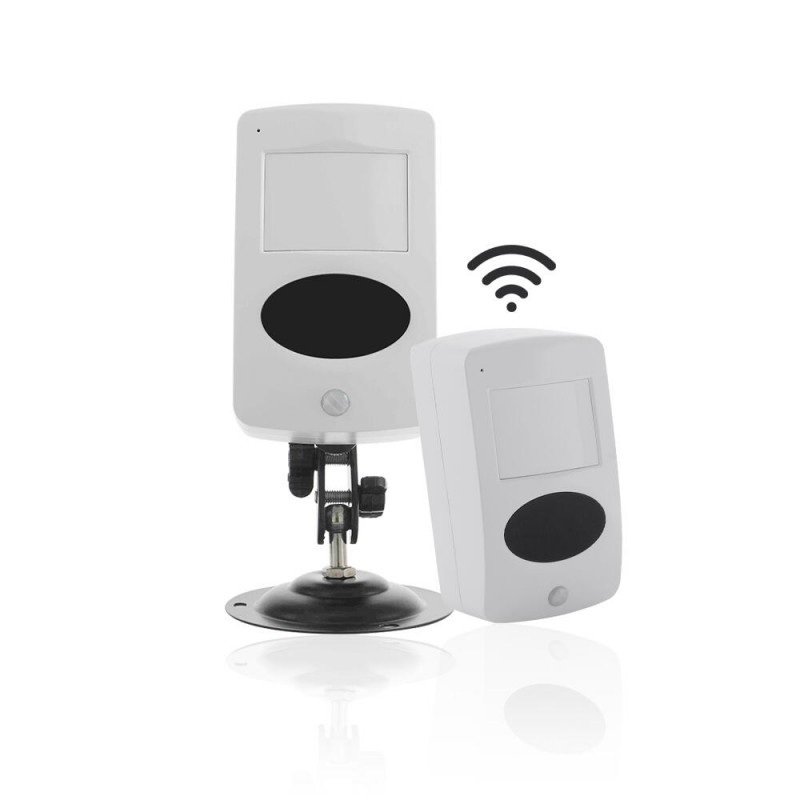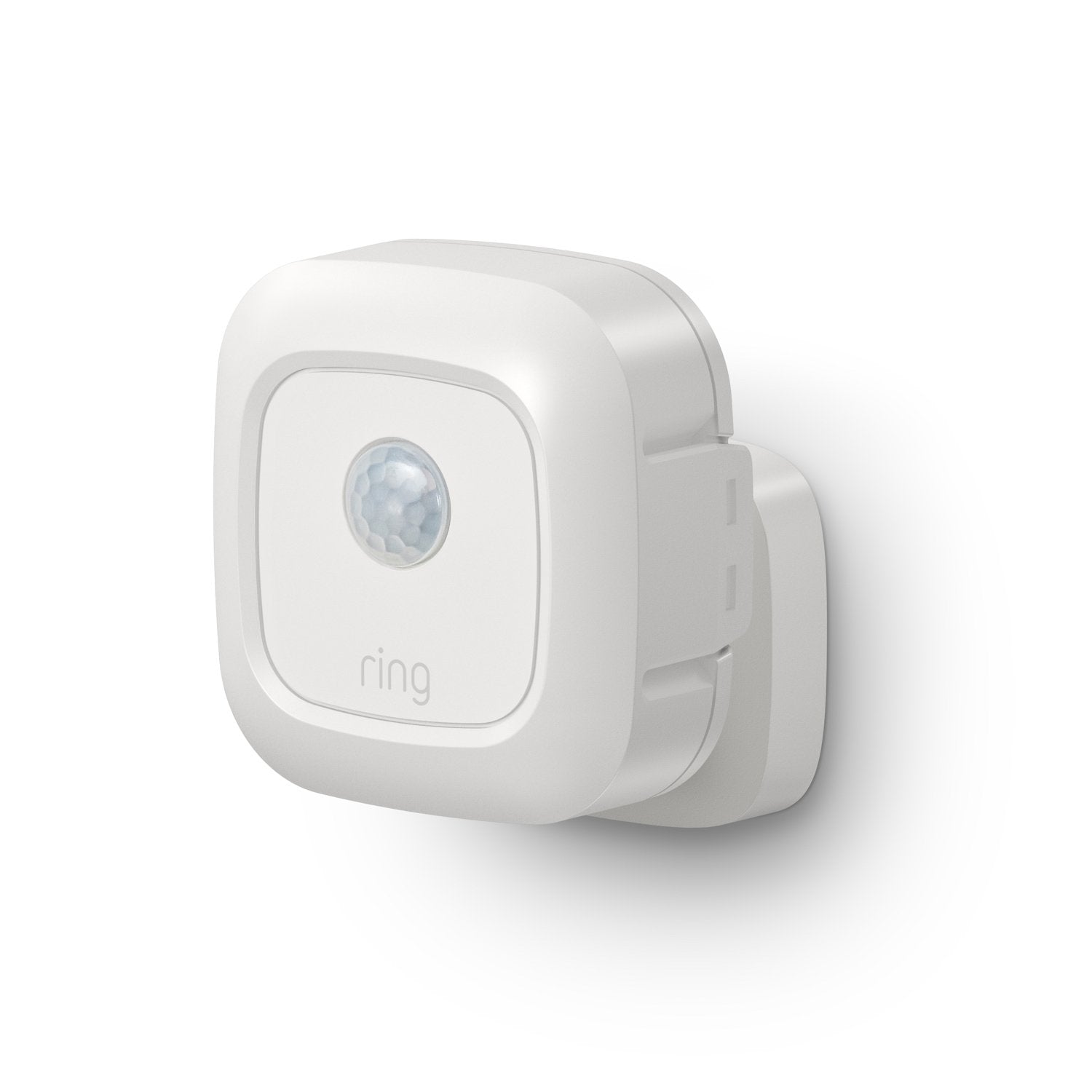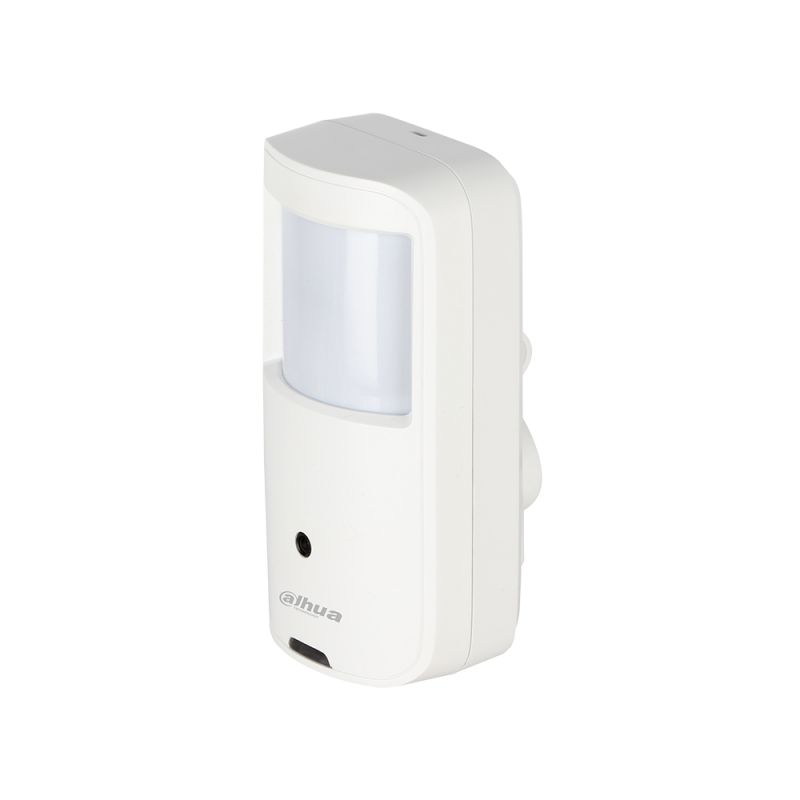With the increasing importance of home security, many homeowners are turning to motion sensor camera as a reliable solution to keep their properties safe. These cameras provide real-time surveillance, allowing you to monitor your home and receive alerts when motion is detected. However, choosing the right motion sensor camera can be overwhelming, given the variety of options available in the market. This guide lays out essential considerations to help you make an informed decision tailored to your specific needs.
Understanding Your Security Needs
Assess Your Property
Before diving into specific features of motion sensor camera, take time to assess your property. Consider areas that require monitoring, such as entry points, driveways, and backyards. Understanding the size and layout of your home will help you determine how many cameras you need and where to position them. For larger homes or properties with multiple entry points, a multi-camera setup may be necessary to ensure full coverage.
Identify Your Security Concerns
Your security needs will greatly influence your camera choice. Are you more concerned about package theft? Do you want to monitor guests or delivery personnel? Maybe you aim to keep an eye on pets or children playing outside. Each scenario may suggest different features that you should prioritize, such as field of view, night vision capabilities, or two-way audio. Clearly identifying your security concerns will direct your search toward the models that fit your situation best.

Features to Look For
Video Quality
The clarity of the footage is crucial for effective monitoring. Look for cameras that offer at least 1080p resolution. Higher resolution means clear images, which can make a significant difference when identifying faces or license plates. Some cameras even offer 4MP or 4K resolution, providing exceptionally crisp images, especially in well-lit conditions.
Night Vision and Low-Light Performance
Intrusions can happen at any time, so night vision capabilities are critical. Look for cameras equipped with infrared (IR) technology that can deliver clear images even in complete darkness. Many modern sensors offer color night vision as well, enhancing overall visibility. Consider how well the camera performs in low-light conditions, as this feature can be vital for nighttime security.
Smart Technology Integration
Compatibility with Smart Home Devices
In today’s tech-savvy world, it’s advantageous to invest in motion sensor cameras that integrate seamlessly with your existing smart home devices. Look for models compatible with popular platforms such as Amazon Alexa, Google Assistant, or Apple HomeKit. This integration allows for centralized control and easy management through your smartphone or voice commands, enabling you to customize settings according to your preferences.
Mobile App Functionality
A user-friendly mobile app is essential for managing your motion sensor camera effectively. Check for apps that provide a smooth interface, real-time notifications, and the ability to view live feeds from your smartphone. Additionally, features like cloud storage management, easy sharing with family members, and customizable motion detection zones add to the functionality, allowing you to set alerts for specific areas in your property.

Motion Detection and Alerts
Sensitivity Settings
Different motion sensor cameras come with varying degrees of sensitivity. Look for models with adjustable settings that let you customize the detection level. For instance, you don’t want to receive alerts for every passing car or rustling tree. Adjustable sensitivity allows your camera to distinguish between significant movements and trivial activities, reducing false alarms.
Real-Time Alerts
Timely alerts are a crucial feature for any motion sensor camera. Choose models that send notifications directly to your smartphone or email when motion is detected. Some advanced models also offer intelligent alerts that can differentiate between people, animals, and inanimate objects. Instant alerts keep you informed about potentially suspicious activities, allowing you to respond promptly.
Power Source
Wired vs. Wireless Options
When deciding on a motion sensor camera, consider the power source it requires. Wired cameras may provide more stable and reliable operation but often require professional installation and more complex setups. On the other hand, wireless cameras offer greater flexibility and ease of installation but might need consistent battery replacements or charging. Assessing the power source that best suits your home environment will lead you toward a more convenient experience.
Battery Life and Maintenance
For wireless options, check the battery life specifications. Some cameras have longer battery lives but may sacrifice features like higher resolution or night vision. Regular maintenance is also essential; keep track of battery levels and perform periodic checks to ensure everything operates smoothly. Many cameras offer low-battery notifications, streamlining your maintenance routine.

Storage Options
Cloud Storage vs. Local Storage
Storage plays a significant role in maintaining your surveillance footage. Depending on your needs, you may prefer cloud storage for its convenience and ease of access. Many models offer subscription plans for cloud storage, providing ample space to store footage. Conversely, local storage through an SD card or network video recorder (NVR) can save costs in the long run but may require manual checks for data retrieval.
Length of Storage Retention
Another essential factor is how long the camera system can store footage. Some services offer a limited timeframe for cloud storage, while others might allow longer periods. Ensure the camera you choose aligns with your storage needs, especially if you intend to review footage for security incidents days or weeks after they occur.
Budget Considerations
Set Your Budget
While features and specifications are important, setting a budget is equally crucial. Motion sensor camera prices range significantly based on brand, features, and technology. Determine how much you’re willing to spend while keeping in mind the features that are most important to your security needs. Prices can vary from under $50 for basic models to several hundred dollars for high-end, feature-rich options.
Evaluate the Value
Sometimes, it pays to invest more upfront for better quality and features. Higher-end models often incorporate superior video quality, longer battery life, and more comprehensive storage. Look for customer reviews and ratings to gauge the long-term reliability and performance of your options. Assess whether the features justifying the price align with your primary security needs, ensuring that you receive the best value for your investment.
Future-Proofing Your Investment
Anticipating Evolving Security Needs
As technology advances and the landscape of home security changes, it’s essential to consider future-proofing your investment in a motion sensor camera. When selecting a model, look for options that offer upgradeable features or open integration with other devices. For instance, many brands are continuously adding smart features through software updates, enhancing functionalities like AI-driven alerts or improved encryption for data security. Selecting a camera that supports these advancements will ensure your system remains relevant over time.
Scalability for Additional Cameras
Another important aspect to consider is the ability to scale your security system. If you foresee needing additional cameras or other accessories in the future, choose a brand that allows for easy scalability. Many systems support multiple cameras, enabling you to expand your coverage effortlessly. This flexibility can save you money and time down the road, ensuring your home remains secure as your needs grow. Thus, investing in a motion sensor camera that aligns with the latest technologies and offers greater adaptability will provide peace of mind, knowing that your home security can grow alongside you.
Making the Right Choice
Choosing the right motion sensor camera for your home can seem daunting given the myriad of options available. However, by understanding your specific security needs, evaluating essential features, and considering factors like power source, storage options, and budget, you can make an informed decision. With the right camera in place, you can enjoy peace of mind knowing that your home is monitored and secure, allowing you to focus on what truly matters in your life. Investing time in research will pay off in the long run, enhancing both your security and your overall comfort at home. Make sure you choose a solution that not only fits your immediate needs but also adapts to your future requirements.
